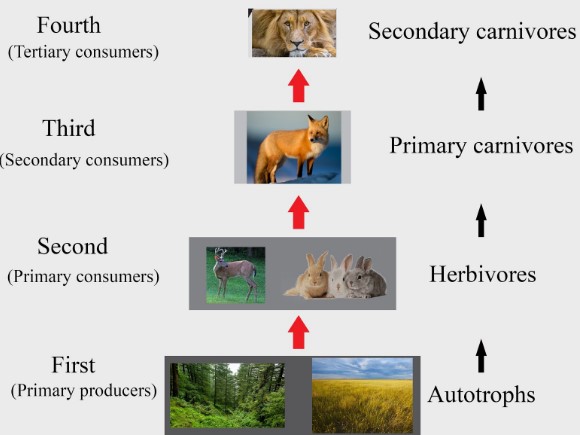Complete Dominance
Complete Dominance Definition Complete dominance occurs when one allele – or “version” – of a gene completely masks another. The trait that is expressed is described as being “dominant” over the trait that is not expressed. Most organisms are diploid – that is, they get two copies of each gene, one from each of their … Read more










